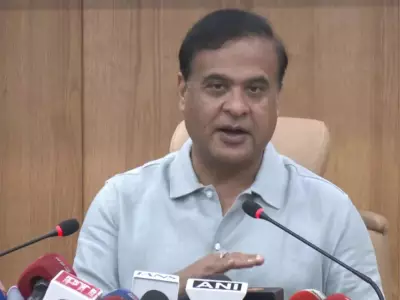
In a landmark decision that positions Surat as a frontrunner in India's green mobility revolution, the Surat Municipal Corporation (SMC) has announced a transformative electric vehicle policy that will reshape the city's transportation landscape.
The Electric Transition Timeline
Starting January 1, 2025, all new vehicles added to the municipal corporation's fleet will be exclusively electric. This bold move covers a wide range of municipal vehicles including cars, buses, auto-rickshaws, and other service vehicles used for civic operations.
Committee-Driven Green Initiative
The policy gained unanimous approval from both the Standing Committee and the Transport Committee of the SMC, demonstrating cross-departmental commitment to sustainable urban development. This coordinated approach ensures seamless implementation across various municipal departments.
Building Charging Infrastructure
Recognizing that vehicle adoption requires robust support systems, the municipal corporation is simultaneously developing comprehensive charging infrastructure across the city. This strategic parallel development addresses one of the key challenges in EV adoption - range anxiety and charging accessibility.
Environmental and Economic Benefits
This initiative promises multiple benefits for the diamond city:
- Reduced Carbon Footprint: Significant decrease in vehicular emissions
- Improved Air Quality: Contribution to cleaner urban environment
- Operational Cost Savings: Lower maintenance and fuel costs for municipal operations
- Leadership Example: Setting standards for other corporations and private vehicle owners
A Model for Urban India
Surat's decisive action positions it among the pioneering Indian cities actively driving the electric vehicle transition. This policy not only aligns with national electric mobility goals but also demonstrates how urban local bodies can lead climate action at the grassroots level.
The implementation of this policy will be closely watched by other municipal corporations across India, potentially serving as a blueprint for similar green transitions in urban centers nationwide.





